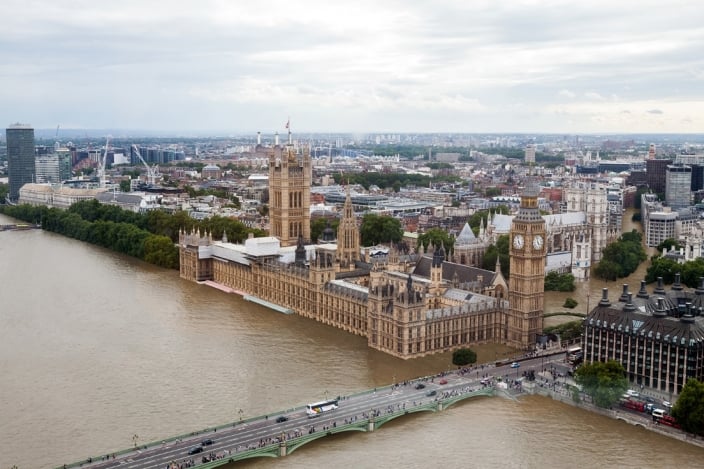
The Solar Trade Association (STA) will seek to work with the next government to almost double the UK’s solar capacity by 2022 with an overall aim to reach the Committee on Climate Change’s (CCC) goal of 40GW of solar by 2030.
Setting out its plans in the ‘Great British Solar Manifesto’, the STA is hoping to grow UK solar capacity by a further 10GW over the next Parliament, up from the 12GW thought to have been added in the last five years.
Pointing to a recent survey conducted by the Department for Business, Energy and Industrial Strategy, which found public support for renewables has reached record highs, STA chief executive Paul Barwell said the next government should make solar power “accessible to the millions of people and businesses who want it”.
“Whichever party wins this election, they should remember that solar has already won the public vote on energy by a landslide. Every day people recognise the overwhelming benefits solar offers, from cheap power to very real control over energy bills,” he said.
Addressing concerns from government that solar is seeking a return to higher feed-in tariff rates, Barwell added: “Unlocking the benefits of solar will be easy for the next government because we are not looking for new subsidies. But the industry now urgently needs energy policy to work on a level playing field, with the grain of market forces, while properly costing carbon.
“We also need fair tax treatment and effective regulation, including for new build, smart networks and business carbon performance.”
Since the closure of the Renewables Obligation on 31 March, Barwell told Solar Power Portal: “At this point in time there is no access for large scale solar to be competing with any other form of generation.”
The STA is therefore calling for solar to be included in the Contracts for Difference mechanism, which Barwell described as “the mechanism that allows the cheapest technologies to compete”.
“Really we just want the government to clear the path for us. That doesn't mean subsidies it just means we can compete on a level playing field in terms of price and secure power supply when you add in smart power solutions,” he said.
To kick start the domestic sector, which has continued to dwindle since the FiT regime was overhauled in December 2015, the STA would like to see the UK mimic tough regulations for building performance seen in Scotland.
These allow developers to use solar installations to meet the notional emissions performance of new build homes whereas the technology is not taken into account in England’s regulations.
Speaking to SPP this morning, Barwell said: “We think Scotland's new build growth is going to be very significant for renewables, particularly solar and it will get to the point where every new build home will end up having solar. That is a realistic target with the way they've adjusted the regulations and it hasn't impeded on housebuilding.”
The association has also renewed its calls for government to address the failures of the current FiT regime, which saw rates cut and the imposition of caps across each sector which have been widely criticised as ineffectual owing to the vast inequalities across these bands.
Around 270MW of capacity across domestic and commercial sized systems has gone unused since the changes were introduced, although BEIS had signalled in April that it would publish a fresh review of the small-scale feed-in tariff regime by the end of the year.
“This is coming from BEIS which is encouraging as it is something that has to be dealt with. We hope they will be looking to unblock A lot of the barriers that we built in to slow down the FiT market,” Barwell said.
This is due to the fact that the STA believes much of the capacity needed to reach 40GW by 2030 will come from the commercial sector in particular, where Barwell claims there is 380GW-worth of south facing rooftop space.
However the recent increases in business rates, which the STA would like to see reversed, is causing people to reconsider their solar plans, while the FiT caps “make the market look extremely constrained” Barwell added.
“We need to raise those caps up which won't cost a lot as a lot of that can be recovered through the recycling. We're not asking for more subsidies, just better use of the available funds.”
Other points within the STA’s manifesto include a review of the carbon price floor; support for the proposals of the smart power consultation carried out by BEIS and Ofgem; opening new markets to energy storage and linking solar to the smart power agenda.
Barwell concluded: “Solar sits at the heart of a smart energy system that can save the UK billions. If we are to seize these tremendous opportunities in energy, the next Government will enable the solar Britain that pretty much everybody wants, and become a global leader in decentralised smart flexible power.”
